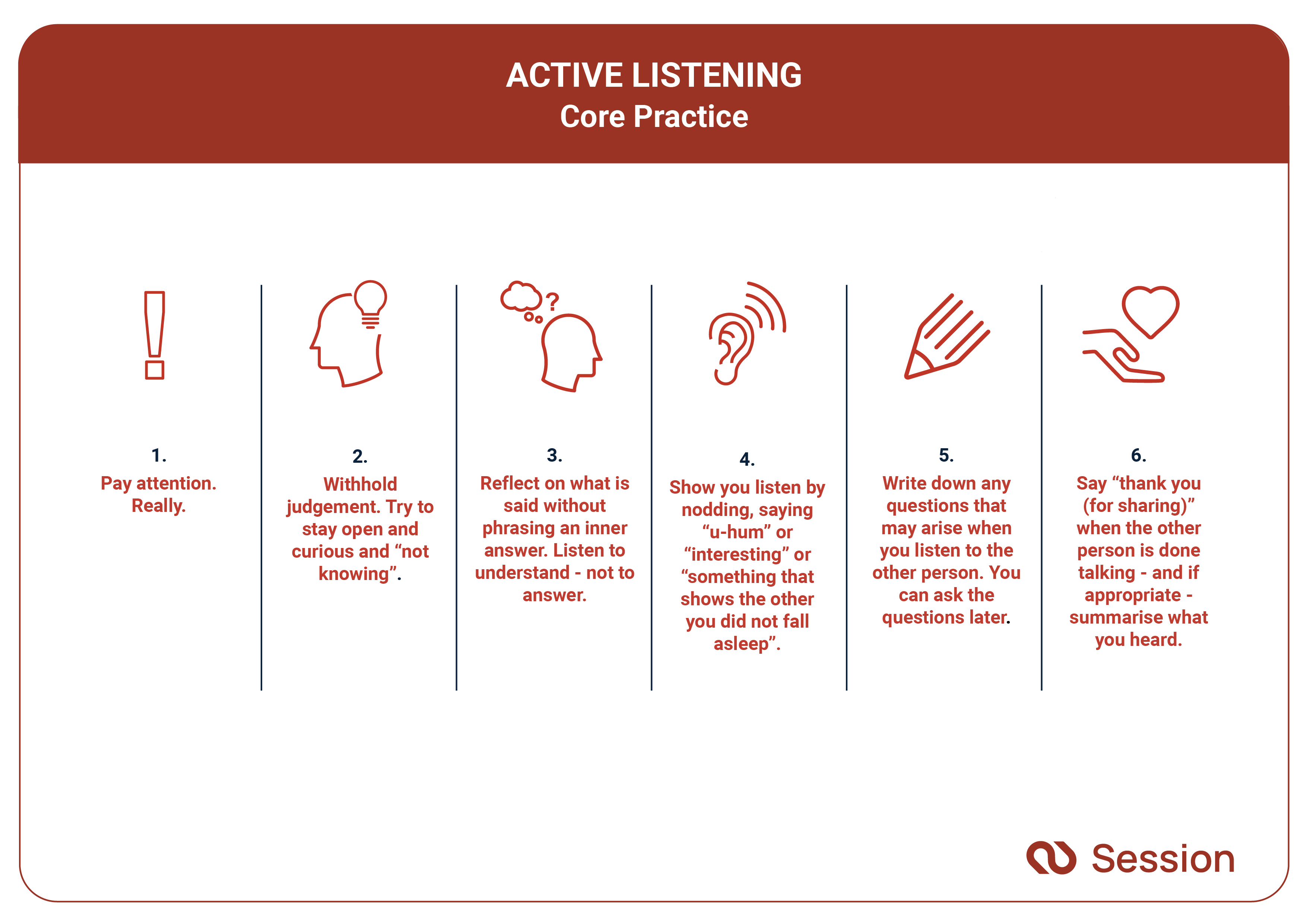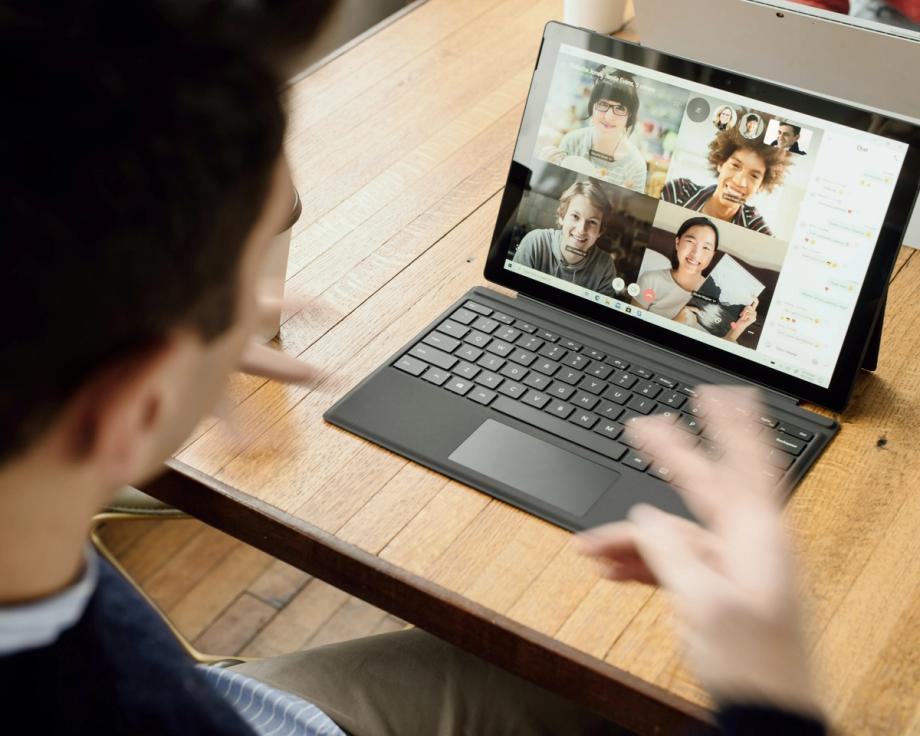The online world is here to stay. From the focus of in-person meetings now being hosted for the most part on Zoom or Google Meets, to everyday communications taking place on Slack or other online messaging platforms, the way we communicate has completely transformed. The same can be said for the world of coaching. Gone are the days when a client would travel far and wide for a one hour, face-to-face meeting with a coach. Instead, more and more people are becoming aware of the benefits of coaching in a virtual environment. Like everything else, the art of facilitating great online coaching sessions requires some tips and tricks to ensure they run smoothly from start to finish. Keep reading as we guide you through the art of executing great online coaching sessions.
Set Your Focus and Intent
Focus, focus, and more focus. It goes without saying that effective coaching requires a high level of focus and concentration from both the coach and the coachee. Fortunately, online coaching has proven to be fostering focus due to the fact of fewer distractions. Remember, a coaching session is a different kind of interaction from a typical conference call or online meeting, in which participants can just partly tune in and still get the general gist.
With coaching meetings, fully tuning in, focusing, and being present are all required in order to have a meaningful interaction, and this also counts when the coaching session happens online. In fact, it may become even more important in the online setting, since there are no other cues telling the client whether you are listening, than your body-language and presence.This is also why one of the principles in the Session Coaching Philosophy is Presence & Body-Awareness:
“We stay present in the moment and help others stay present too. Presence requires body awareness, therefore we encourage listening to and caring for our bodies”.
However, simply telling yourself to ‘’just focus’’ or “stay present” isn’t very practical. Focus requires concrete steps and the minimization of distractions. Here’s a handy list of ‘’to-dos’’ from the Remote Leadership Institute that will help improve your focus during virtual coaching sessions:
- Move your cell phone out of arm’s reach. Put it in a drawer, on a shelf, or far enough from you that you can’t get to it while staying in your chair. Although it goes without saying that you won’t check your phone during a coaching session, it still may be tempting to glance at it when a notification pops up - which will inevitably decrease your focus on the present moment.
- Make notes the “old-school” way: by using pen and paper. You’ll not only be using other important parts of your brain, but you can listen more effectively. Remember to store your notes in a safe space, of course, as required by the ICF Code of Ethics.
- Keep the minutes. As a coach, it’s part of your job to track time during the conversation. Setting a timer to minimize distractions and keep on track is a great way to do this. And remember to allow time towards the end of the session to conclude about next steps, home assignments, agreements and summing up in general.
- Close all other windows that you’re not using on your computer. That way, your eyes can’t flicker from tab to tab, and will instead stay focused on the session at hand.
- Disengage all notifications from your email, Slack, Teams, or any other communication channels you may use. Avoid having unwanted sounds from notifications that disturb your ability to stay present and focused.
- Practice Active Listening. Active listening is the art of listening without judging, reflecting on what the other person is saying without immediately phrasing an inner answer, and “listening between the lines to what is said”. Deep understanding comes from not only hearing what the other person is saying, but also tuning into how they are saying it and what is not being said.
Communication carries both facts and emotional information. If we miss the emotional information, we fail to hear the full message.
Here is a graphic overview of the core practice of Active Listening, illustrated by Agnieszka Juszkzyk from Visually Thinking:

Pay Attention To Your Environment
It is important to consider your environment for the virtual coaching session — so that you can be relaxed and worry-free. If you inhabit a shared working space, consider making your online meeting schedule available to the other person/s - so they know not to disturb you during these important hours.
If your work space is cluttered and messy, a quick tidy-up will do wonders for your mental clarity prior to the meeting. A tidy background will also give a more professional and polished impression when you appear on video (of course you can always use a background layout for the session, but the environment around you still affects you, though).
As well as clearing up your physical space, make sure that your virtual space is also functioning - test your Internet connectivity prior to the meeting to make sure that all is running smoothly. Before coaching online, also test the platform that you will be using and get to know its functionality (e.g. sharing screens, posting resources or models, use of whiteboards, etc.)
Lastly, reflecting upon your own internal environment is also recommendable. Notice your energy patterns; if you are a morning person who feels your attention wane later in the day, it may be better to avoid booking a late session in the day and vice versa.
Summing It All Up: How To Deliver Great Online Coaching Experiences
By offering coaching online, coaches can reach far more coaches than face-to-face meetings allow for. Therefore, online coaching democratizes coaching - making it accessible to a far greater number of people. As long as coaches show up well-prepared and have done everything possible to make sure that technology will not hinder a great session, the online coaching experience can be delivered effectively with great end-results for companies and clients alike.
At Session, our goal is to offer clients the best professional coaching experience possible. Through our online platform, online coaching sessions are simplified. If you want to evolve from where you are, as a leader, employee, or organization, feel free to get in touch with us today!










